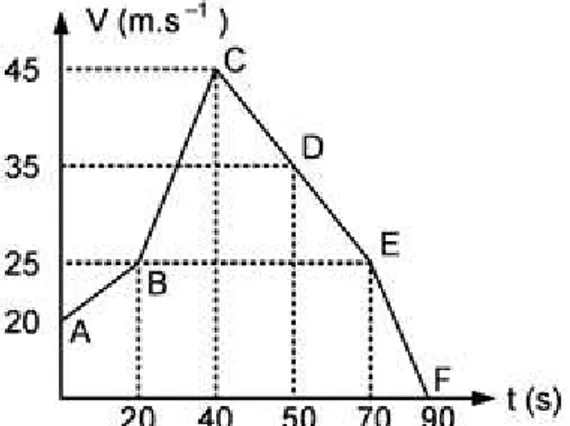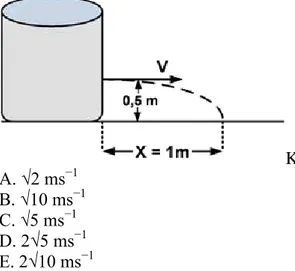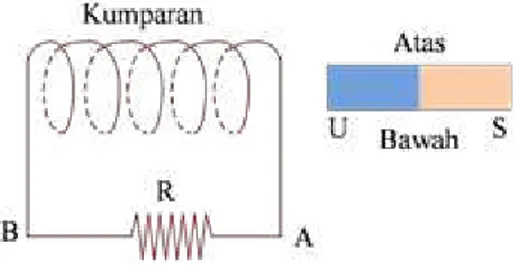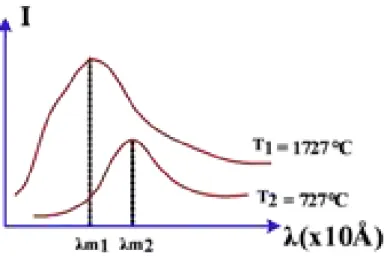Informasi Dokumen
- Penulis:
- Darsika Aryanta
- Sekolah: Tidak Diketahui
- Mata Pelajaran: Fisika
- Topik: Besaran dan Pengukuran
- Tipe: Dokumen
- Tahun: 2008
- Kota: Tidak Diketahui
Ringkasan Dokumen
I. Exam Structure
The exam consists of multiple-choice questions focusing on various topics in physics. Each question is designed to assess the understanding of key concepts and practical applications.
1.1 Format
The exam is structured as a series of multiple-choice questions, with each question presenting a problem or scenario followed by five possible answers.
1.2 Question Types
The questions primarily focus on calculations, conceptual understanding, and application of physics principles. They assess both theoretical knowledge and practical problem-solving skills.
II. Topics Covered
The exam covers a wide range of physics topics including measurement, dynamics, kinematics, thermodynamics, and fluid dynamics.
2.1 Measurement and Units
Questions assess the ability to measure physical quantities accurately and understand significant figures. Example: Measuring the thickness of a metal plate using a micrometer.
2.2 Dynamics and Kinematics
Focus on Newton's laws, motion equations, and forces. Example: Calculating the acceleration of an object under different forces.
2.3 Thermodynamics
Questions related to heat transfer, energy conservation, and phase changes. Example: Calculating the final temperature when two substances at different temperatures are mixed.
2.4 Fluid Dynamics
Examines principles of fluid motion, Bernoulli's equation, and applications in real-world scenarios such as aircraft lift.
III. Question Analysis
The exam includes a variety of question types that challenge students to apply their knowledge in practical scenarios.
3.1 Multiple Choice
These questions require students to choose the correct answer from a set of options, testing both recall and application of knowledge.
3.2 Practical Applications
Questions often involve real-life applications, such as calculating forces in a dynamic system or analyzing energy transformations.
IV. Evaluation of Practical Applications
The exam is well-aligned with its intended learning outcomes, effectively measuring students' understanding of physics concepts and their ability to apply these concepts in practical situations.
4.1 Knowledge Measurement
The exam assesses both theoretical knowledge and practical skills, ensuring that students can not only recall information but also apply it.
4.2 Skill Assessment
By including questions that require calculations and reasoning, the exam evaluates students' problem-solving skills and their understanding of physics in real-world contexts.








